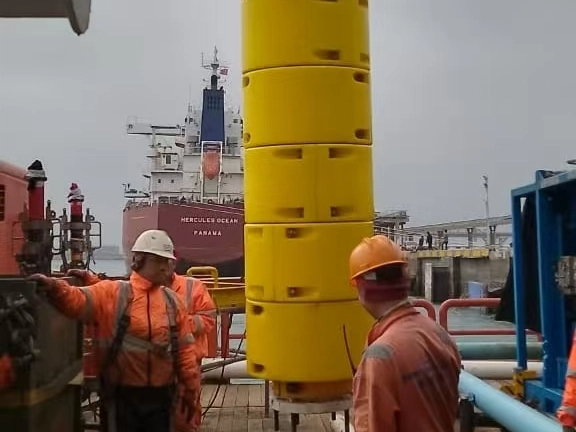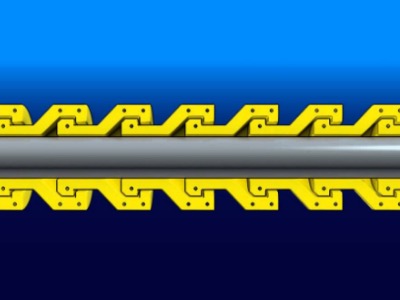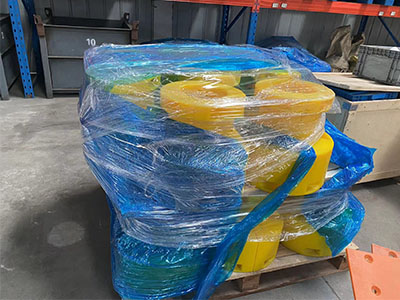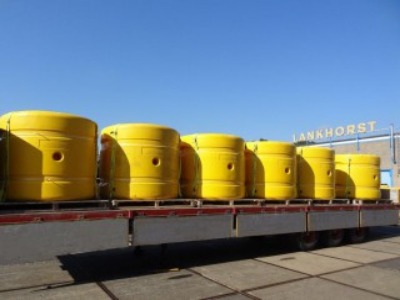Why Are High-Performance Bend Restrictors Essential for Protecting Subsea Cables
In the offshore industry, subsea cables and umbilicals serve as the lifelines that carry power, data, and fluids between critical pieces of equipment. Whether in offshore wind farms, oil and gas platforms, or subsea infrastructure, these cables operate in some of the harshest environments on Earth. Protecting them is not just a matter of performance—it’s a matter of economics and operational safety.

Why do cables need protection?
Subsea cables are exposed to dynamic forces from waves, tides, currents, and vessel movements. These forces cause repeated bending, especially at vulnerable transition points such as j-tube exits, seabed touchdown zones, or connections to subsea equipment.
Excessive bending can:
Damage the cable structure – causing cracks in protective sheaths and armor.
Break internal conductors or fibers – leading to loss of power or communication.
Accelerated fatigue – reducing the service life of expensive subsea assets.
Given that replacing a damaged subsea cable can cost millions of dollars in repairs, vessel hire, and downtime, preventive protection becomes a necessity rather than an option.
How do bend restrictors ensure cable safety?
A bend restrictor (also known as a bending restrictor, cable bending restrictor, or bend limiter) is a segmented, interlocking device installed around the cable at points of potential over-bending.
Key features and functions include
Controlled flexibility – allows the cable to move freely under normal loads.
Semi-rigid locking under stress – when bending approaches the minimum bend radius, the restrictor segments engage, preventing further curvature.
Material resilience – high-performance polyurethane resists seawater corrosion, UV degradation, abrasion, and impact, ensuring long-term protection.
Ease of handling – lightweight compared to metal options, making offshore installation faster and safer.
The cost of cable damage vs. the value of protection
Without bend restrictors, a single cable failure can trigger:
High repair costs – Offshore cable replacement operations require specialized vessels and divers or ROVs.
Extended downtime – Interrupting power transmission or critical system functions.
Loss of revenue – Especially severe in power generation and oil & gas production.
Environmental risks – Leaks or failures in certain umbilicals could impact marine ecosystems.
By comparison, the cost of installing bend restrictors is minimal, yet they provide continuous protection over the cable’s lifespan, significantly reducing the risk of catastrophic failure.
Conclusion
Bend restrictors are not just an accessory—they are an essential investment in the reliability and longevity of subsea cable systems. By preventing excessive bending, they safeguard operational efficiency, minimize costly repairs, and extend the service life of critical offshore infrastructure.
Philson designs and manufactures high-performance polyurethane bend restrictors tailored for offshore wind, oil & gas, and subsea engineering projects. Contact us today for technical specifications and custom solutions.




